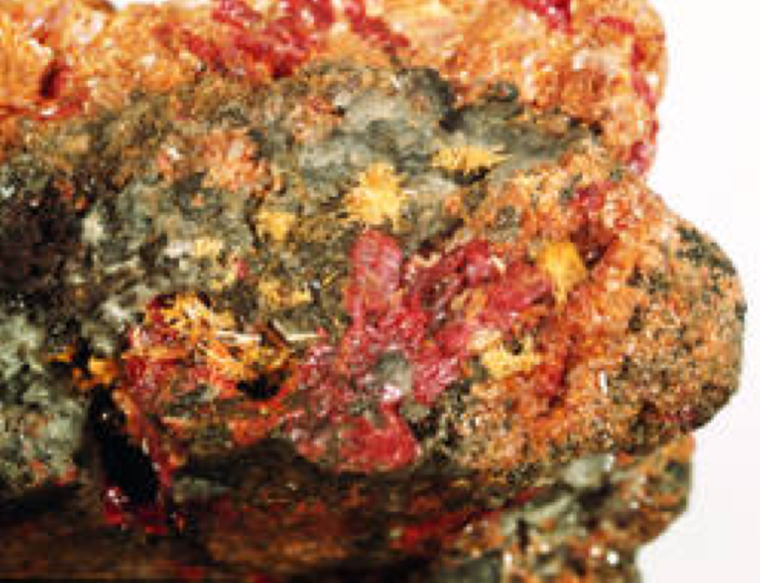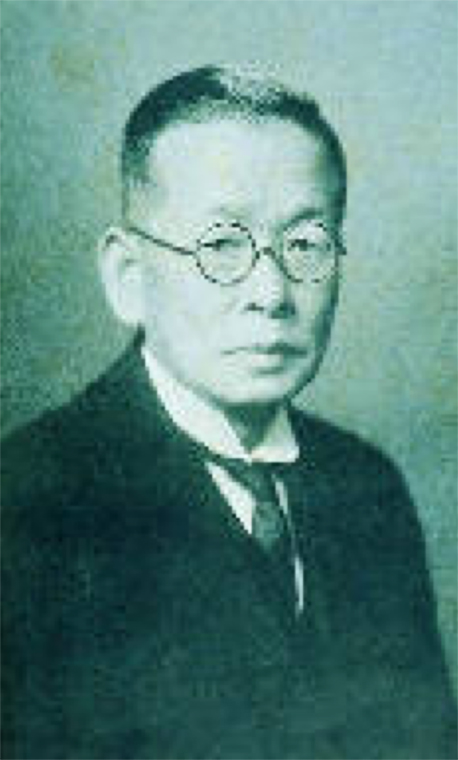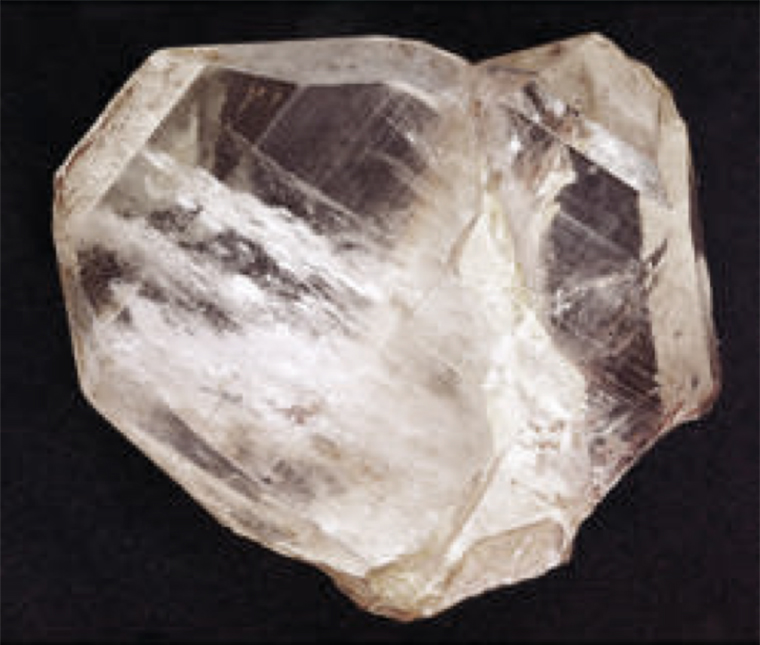

Department of Mineralogy
This department houses a mineral collection of approximately 27,000 specimens of about 1,000 species. About 2,000 of them belong to the Wakabayashi Collection, which allowed identification of a number of new minerals such as djurleite, stannoidite, ikunolite, parasymplesite, yugawaralite, and wakabayashilite named after Yaichiro Wakabayashi (1874–1943). Now it is recognized as one of the three largest Japanese mineral collections. Another notable collection has been built up from those collected by Tsunashiro Wada (1856–1920), founder of the university’s Mineralogical Institute, and his successor Kotora Jimbo (1867–1924). This collection, together with the Wakabayashi Collection, is not only of historical value but also of great scientific importance because its specimens have been investigated thoroughly and described in detail. The Riester-Minami Mineral Collection is also noteworthy. It was transferred to the department by Sofia University in 1989, providing an opportunity to study its important private foreign mineral specimens (ca. 4,500 pieces).
In addition, this department has been building up a non-Antarctic meteorite collection in response to the development of planetary science. Several hundred meteorites have already been collected—these specimens have been supplied for scientific research as well as for the important contributions to the recent developments in planetary science.
 Wakabayashilite from Nishinomaki mine, Gunma Prefecture |
 Dr. Yaichiro Wakabayashi (1874-1943). His mineral collection at UMUT is known as one of the three largest mineral collections in Japan. |
 Japanese twin quartz crystal from Otome mine, Yamanashi Prefecture |
 Allende carbonaceous chondrite meteorite. The white inclusions (CAI) record the birth of the solar system to have occurred 4,567 billion years ago. |
Back to the Collection Division